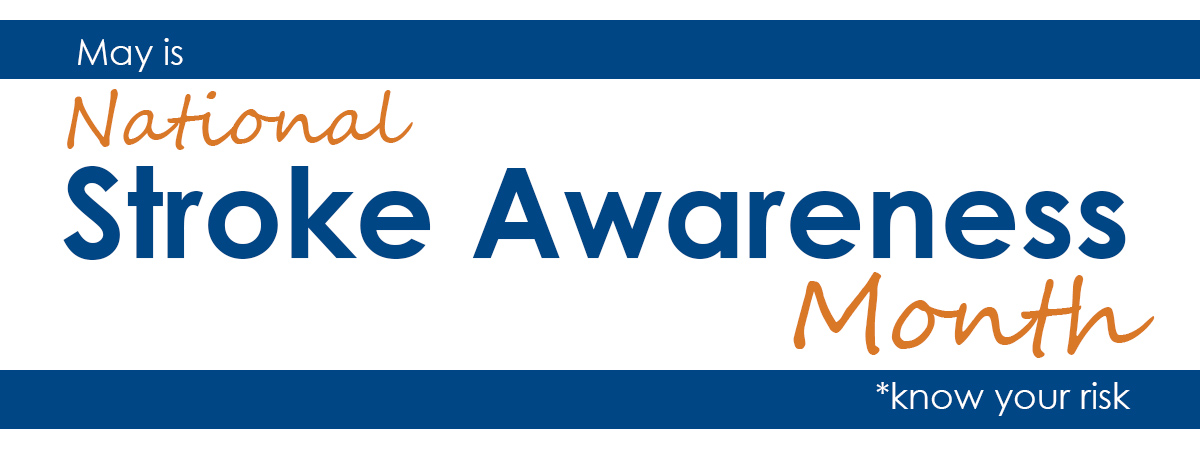Stroke does not discriminate. It doesn’t care how old you are, where you live or what you do for a living. May is National Stroke Awareness Month, a time to increase public awareness about the causes, symptoms and prevention of stroke. All month long, we’ll be sharing information about stroke, from patient stories to caregiver tips to resources and more.
We’re going to kick things off with a few tips about prevention. While some strokes are the result of uncontrollable circumstances, such as family history or age, up to 80% of strokes can be prevented. Several risk factors for stroke are controllable. For example, treatable conditions that increase stroke risk, such as high blood pressure or diabetes, can be controlled with the help of a doctor. But other risks can be eliminated by just making a few lifestyle changes. Here are a few healthy lifestyle changes you can make to reduce your risk of stroke.
- Kick Butts. Did you know that someone who smokes is twice as likely as a non-smoker to have a stroke? Yes, you read that correctly. TWICE. Smoking creates fatty build-up in the arteries, restricting blood flow to the brain. It also reduces the amount of oxygen your blood can carry to your brain, and makes your blood more prone to clotting. This creates the perfect storm for a stroke. We know that quitting isn’t easy. The National Stroke Association offers excellent resources for smoking cessation—check it out!
- Hit the Gym. Exercise does more than keep you fit and provide you with great endorphins—it can also help prevent stroke. In fact, research has shown people who exercise 5 or more times a week had a reduced stroke risk. But don’t worry—you don’t need to be a body builder or professional athlete to get the job done. Simple things like taking the stairs or walking to work can help improve your overall health. For even more health benefits, consider taking group classes, joining local community sports leagues, starting a fitness challenge at work or working out with a buddy—it always helps to have accountability!
- Watch What You Eat. It’s no secret that obesity puts an added strain on the body’s circulatory system—and that isn’t good. It also puts you at a greater risk for things like hypertension, diabetes and high cholesterol, all risk factors for stroke. Work on maintaining a diet low in calories and sodium, and try to incorporate more fruits and veggies into your meals. In fact, a recent study out of Harvard found eating 5 daily servings of fruits and veggies can reduce your stroke risk by 30%.
To learn more about ways to reduce your risk of stroke, check out the National Stroke Association’s Risk pages. You’ll be glad you did!
Information for this post was sourced from the National Stroke Association and the National Institute of Neurological Disorders and Stroke.







